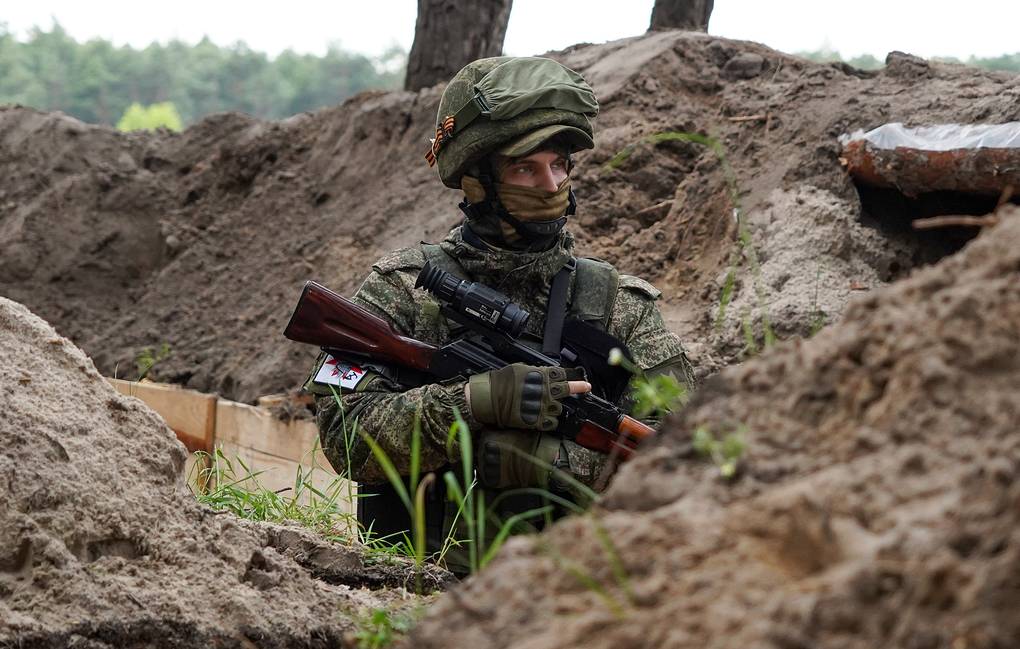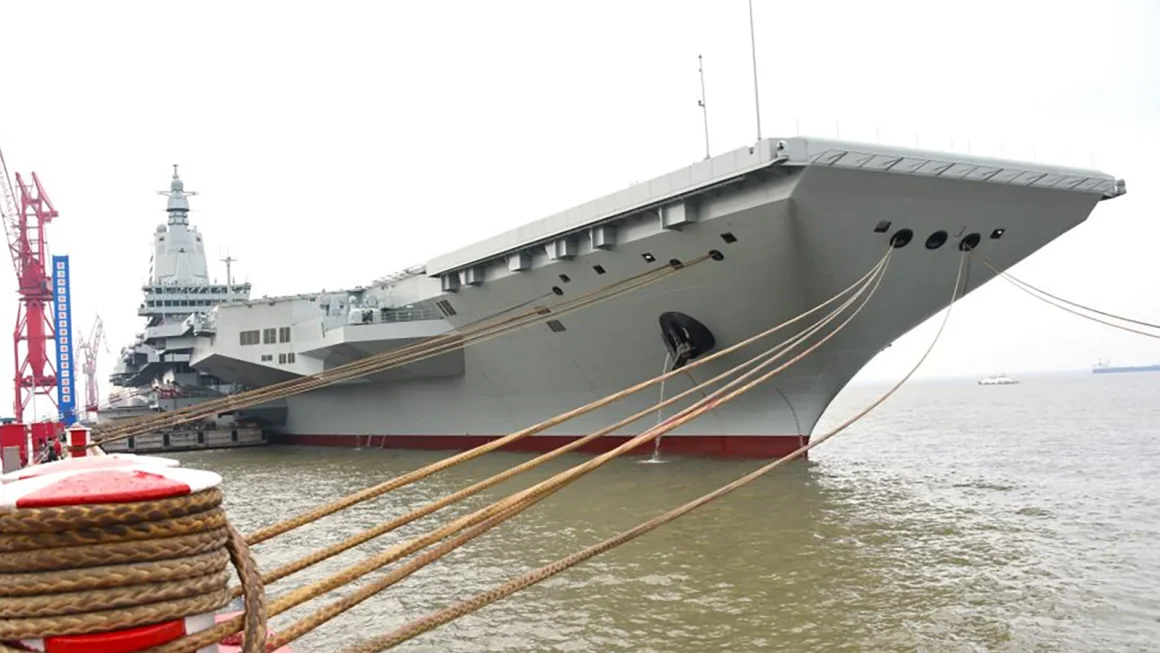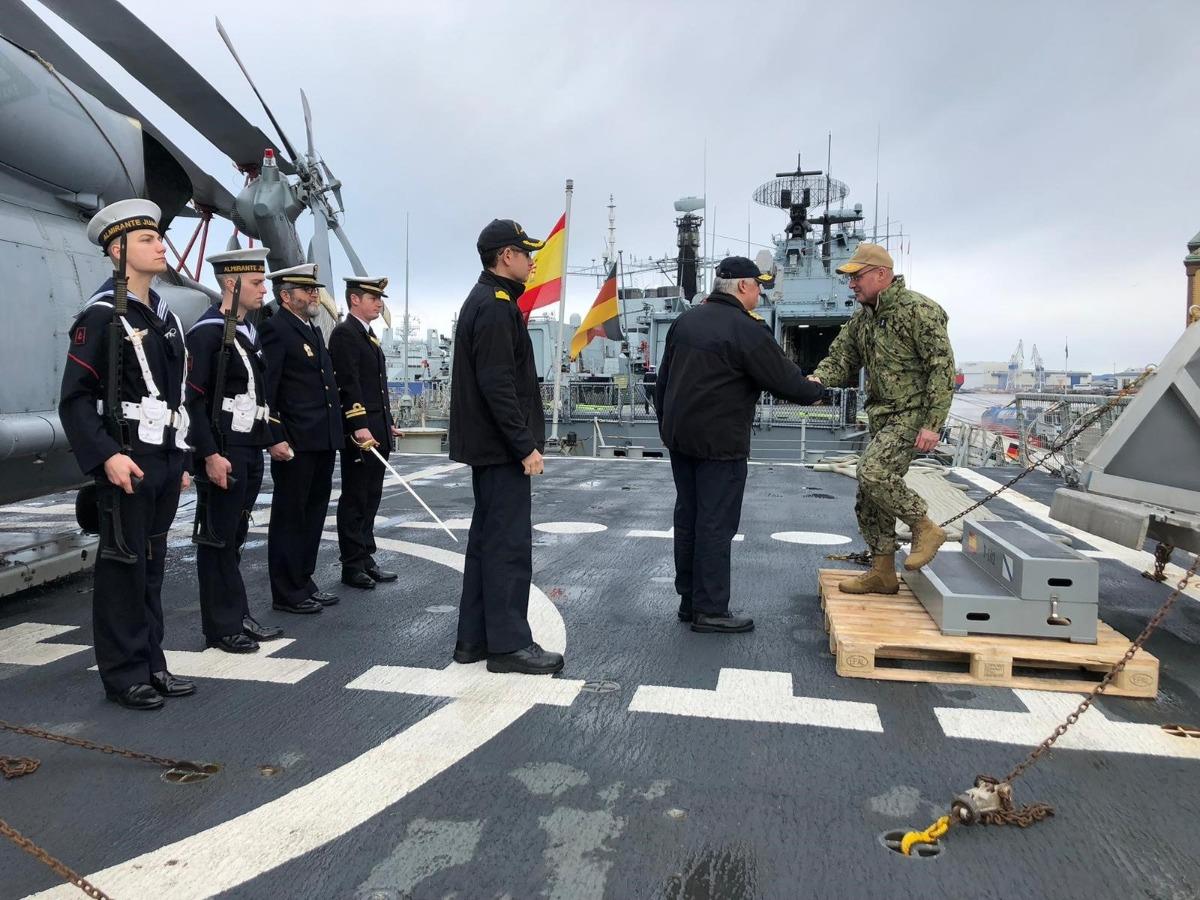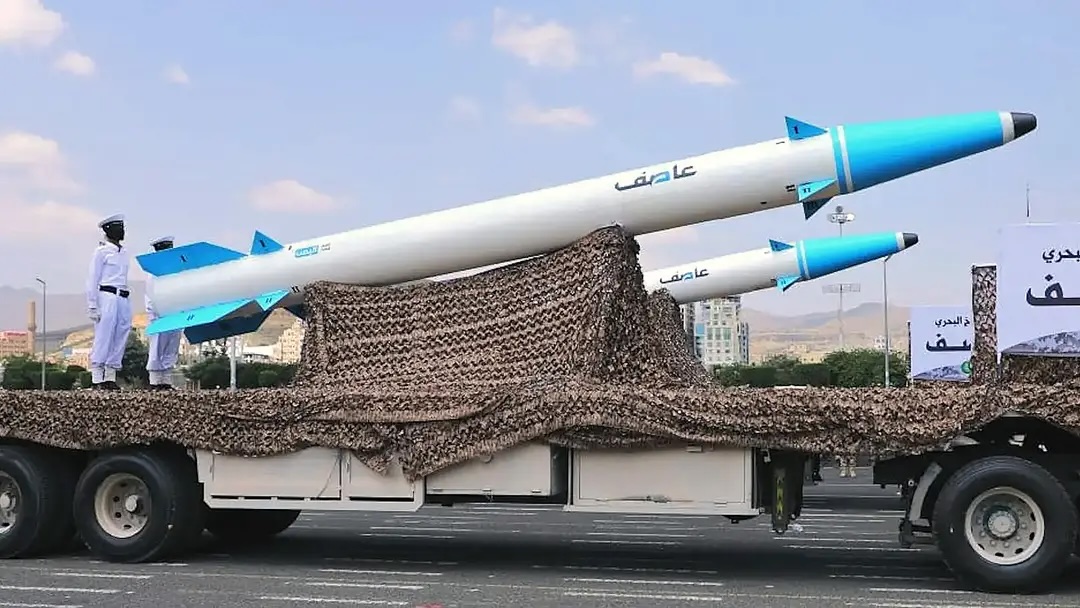
Russia is relying on massive amounts of conscripts to win in Ukraine, an international security expert based in Brussels said Tuesday.
Olesya Tkacheva, assistant professor at Brussels School of Governance, said that when Russian President Vladimir Putin made the announcement, the implication was “all I need is young men between 18 and 35 years of age,” about .01 percent of the Russian population. Last year Russia mobilized 300,000 reservists. Putin also put the burden on provincial governors to deliver set, but secret, quotas of men to the Ministry of Defense. Some local municipal officials who kept the records of conscription registration and governors, both eager to curry favor with the Kremlin, exceeded Moscow-set quotas in mobilizing young men.
“Not all regions contributed the same share,” she added. From her studies of the mobilization, the call-up burden to fill the ranks fell heaviest on regions that did not strongly support Putin’s United Russian party in the latest Duma, or parliamentary, elections and were economically depressed.
Russian casualties in the war in Ukraine have been estimated at 120,000 killed and between 170,000 and 180,000 wounded through mid-August. Tkacheva said Putin’s regime has been very close-lipped on Russian casualties in the war that began in February 2022.
She added that the Kremlin is now actively discouraging municipal and provincial officials from publicizing military funerals or erecting memorials to soldiers, usually officers, who were killed “fighting Nazis” in Ukraine, so support for the war does not decline.
Tkacheva reflected on the Kremlin’s experience with the “Afghan Mothers” in the last days of the Soviet Union war in the 1980s. The pressure from the Russian population pushed leaders to end the war in Afghanistan.
Tkacheva added that some regions, like the Russian Far East where United Russia lagged at the polls, suffered higher number of dead and wounded than others like Moscow and St. Petersburg. But she said the figures she’s working with came from before the mobilization and would have included officers and contractors.
The switch from mobility tactics, based on battalions, that Putin’s forces used in subduing Georgia in 2010 and in Syria to the Soviet model of divisions put a new light on how the Kremlin has been fighting wars under Putin, she said. Tkacheva added that the Russian high command learned that mobile battle groups were not resilient when they met strong resistance.
She divided Russian military manpower into broad categories: officers who come through government-run military schools; contractors who sign up for three, five or 10 years of domestic or foreign service; reservists, who fall into two categories and were most affected by the mobilizations; and private companies, like the Wagner Group, that have also recruited from Russian prisons.
Most mobilized reservists did not fall into exempt or deferred categories like employment in the defense industry or agriculture. They already had one year of mandatory military service and returned home.
The other reservist category is similar to the American model of regular military training, often with active-duty units, she said.
Tkacheva that the wide media attention given to the thousands of Russian men who left the country when the Kremlin announced the mobilization decree and the publicity that surrounded anti-war protests in a number of Russian cities that followed.
“One of the biggest puzzles is why there wasn’t more opposition” to the war as the mobilization was being implemented in February. She added: “resistance is much more private,” and not as visible to authorities who had made hundreds of arrests at the rallies.
The Kremlin made leaving the country far more difficult for reservists when it required them to re-register with municipal officials to give authorities e-mail addresses so mobilization orders could be delivered electronically. At the same time, foreign travel was banned.
At the same time, it expanded contractor recruiting to men up to 65 years old. The Russian military was reaching out to men with certain skills. Tractor driving could aid in driving buses of reservists to training camps and to the front. They also could drive tanks, armored personnel carriers and trunks at the front. The Russian government also reached out to engineers to rebuild hospitals, schools and homes “to win hearts and minds” and show Ukrainians “civil life was returning” in occupied villages and cities.
For younger recruits, the Kremlin dramatically increased enlistment bonuses using bank debit cards to prove the money was there. Tkacheva said the enticements also featured increased veterans benefits. The Russians have also turned to advertising on social media the economic advantages of serving and deploying.
For families of soldiers killed in Ukraine, they offered interest-free mortgages, “general pensions and free education for their children” in certain schools.
She estimated that the Russian army is now at 2 million, doubling its size in a year. The Kremlin also has not officially ended mobilization.
But how well-trained these mobilized reservists are is open to question. Tkacheva said their training could be as short as three days and as long as a month before deployment. Problems supplying them with uniforms, ammunition and weapons have continued, as the Kremlin shifted some of that responsibility to the governors. ”Costs are ballooning” locally, and not every province can keep pace with the demand and higher prices.
“Every day somebody is being mobilized.” When that reservist reports to the municipal office , he is given the pitch to sign up as a contractor for the new benefits, she said.





